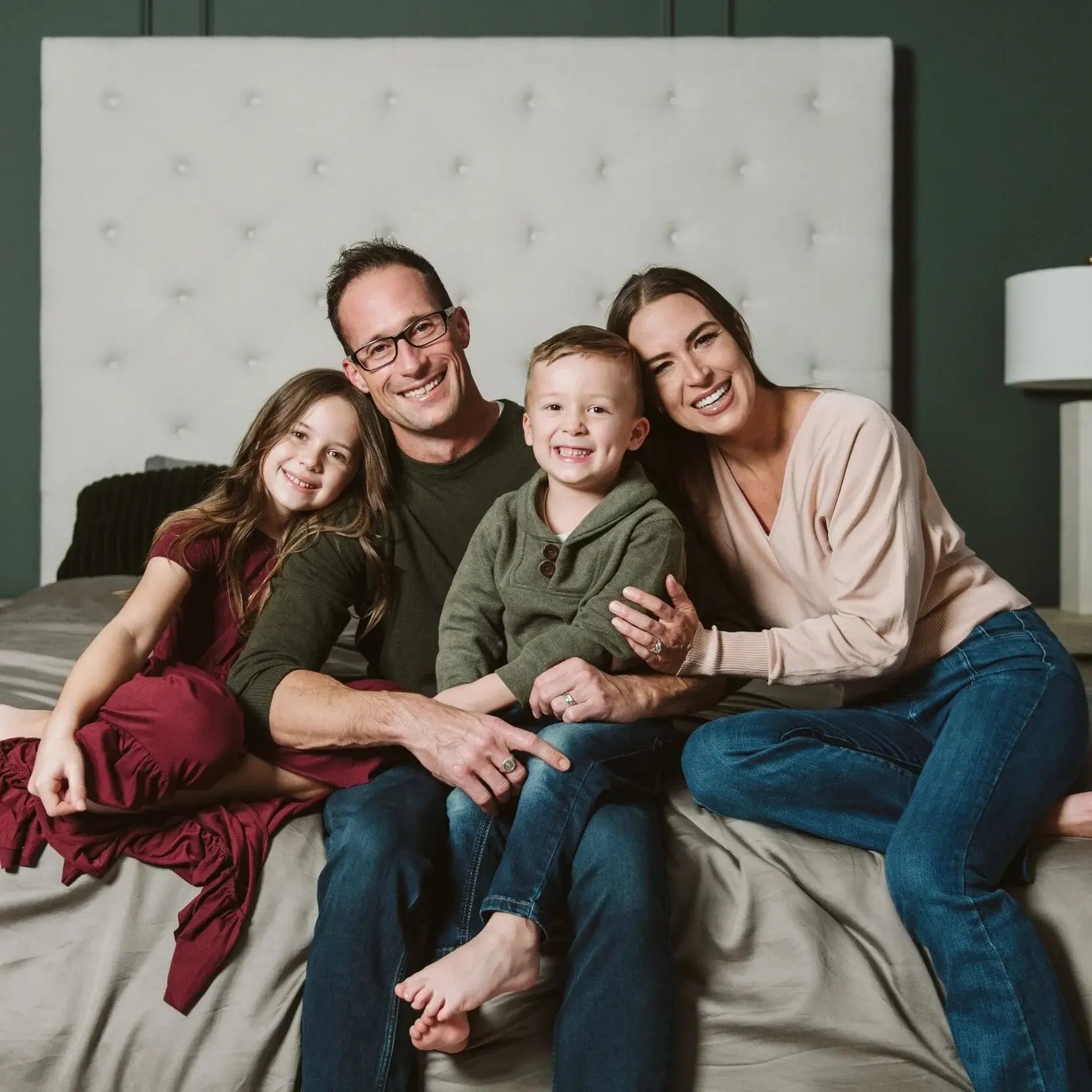Newsflash: Influencer marketing isn’t just for beauty brands and unboxing videos.
Behind the scenes, B2B companies are quietly investing in creators – we’re talking LinkedIn thought leaders, niche experts, and trusted voices with serious sway in high-consideration industries.
But as influence becomes a real line item in B2B marketing budgets, something isn’t adding up: the strategy is growing faster than the guardrails. And in industries where trust is currency, that’s a risk few can afford to take.
It’s time to bring structure, oversight, and brand protection to the B2B creator economy before one misstep becomes a credibility crisis. Here’s what you need to consider.
The Rise of B2B Influence (And the Risks Brands Aren’t Catching)
B2B influencer marketing is no longer an experimental endeavor. From co-branded webinars to newsletter takeovers and executive interviews, creators are shaping buying decisions across SaaS, fintech, healthcare, and beyond.
LinkedIn voices and niche creators are outperforming ads in terms of reach, engagement, and trust, especially when paired with deep product knowledge and community alignment.
But here’s the blind spot: Most B2B brands are launching influencer campaigns without contracts, content guidelines, or clear messaging protocols. There’s no system to vet partnerships or ensure disclosure compliance. It’s fast-moving, under-governed, and, in some cases, reckless.
Influence Without Oversight Isn’t Innovation. It’s Exposure.

In high-stakes industries, exposure doesn’t just hurt your brand, it erodes the trust you’ve spent years building.
What Most B2B Marketers Are Getting Wrong (According to LinkedIn)
Aneesh Lal has seen this gap firsthand. As he told G2 earlier this year, most B2B influencer programs are still in “test and learn” mode, with little to no infrastructure in place to manage risk or drive long-term value.
Here’s where most programs fall short:
- Lacking clear KPIs for creator partnerships
- Overlooking tone and voice alignment in regulated industries
- Failing to brief creators on disclosure requirements and sensitive messaging areas
Worse, many marketers still treat influence as a one-off post, rather than a multi-touch relationship with buyers. In reality, a quote or endorsement from a trusted creator often lives far beyond social media. It gets pulled into decks, circulated in sales channels, and referenced in procurement decisions.
“Brands should consider creators who are active not only on LinkedIn but also on platforms like podcasts, newsletters, and webinars,” Lal explains. “For a brand, this integrated approach means not settling for a couple of posts but fully engaging with the creator's audience across all channels.”
And without structure? That influence becomes a liability.
Where It Goes Wrong, And What’s at Stake
The risks of poorly managed influencer campaigns aren’t always dramatic, but they are cumulative.
- A B2B influencer casually references a competitor with outdated or inaccurate claims.
- A fintech creator jokingly compares your product to sports betting.
- A healthcare SME fails to disclose that their content was sponsored, and now you’re on the radar of regulators.
These moments may seem small, but in industries where every message is scrutinized, they carry weight. Mistrust travels fast. Regulators pay attention. And brand reputation, once shaken, is hard to rebuild.
This isn’t about “cancel culture.” It’s about context. When B2B buyers rely on precision and professionalism, tone matters just as much as reach.
What Structure Looks Like (Without Killing Creativity)
The good news? You don’t need to micromanage creators to stay compliant. You just need a framework that protects everyone involved, especially the brand.
Here’s what that looks like:
- Develop a B2B influencer playbook.
Set expectations around tone, compliance, platform dos and don’ts, and required disclosures. - Use contracts that clarify scope and boundaries.
Define timelines, deliverables, and what’s off-limits (including regulated language, legal claims, and competitive positioning). - Vet creators like strategic partners.
Review past content, values alignment, and reputation, not just follower count. - Build in a content review buffer.
You’re not approving every sentence, but you're ensuring messaging integrity. - Loop creators into your larger strategy.
Give them access to positioning, product context, and internal language so they can speak in a way that’s both authentic and aligned.

What happens after the post goes live is also important.
“Brands should also focus on continuing the conversation after the initial likes and impressions. Many overlook what happens post-engagement. It's essential to track and interact with leads generated and ensure that content strategy includes follow-up and further engagement,” Lal says.
Structure doesn’t kill creativity. It protects it and amplifies the right voices. Done right, creators don’t feel restricted; they feel empowered to create content that actually lands.
What CMOs Need to Take Away from This
B2B influence isn’t a trend; it’s the next evolution of high-trust, high-impact marketing.
And with nearly 73% of B2B buyers stating they prefer to hear from a company through multiple trusted voices, it’s time to stop treating creator programs as experiments and start treating them as core brand channels.
Because in B2B, influence equals credibility. And credibility needs protection.
The brands that win here won’t be the loudest. They’ll be the ones who build smart systems, trust the right creators, and prioritize safety alongside scale.
The creator economy is coming for B2B. Make sure your brand is ready to meet it, with compliance, confidence, and clarity.
%20(1)-1.png)

.png?width=300&height=300&name=Minimal%20Photocentric%20Productivity%20Blog%20Banner%20(3).png)

